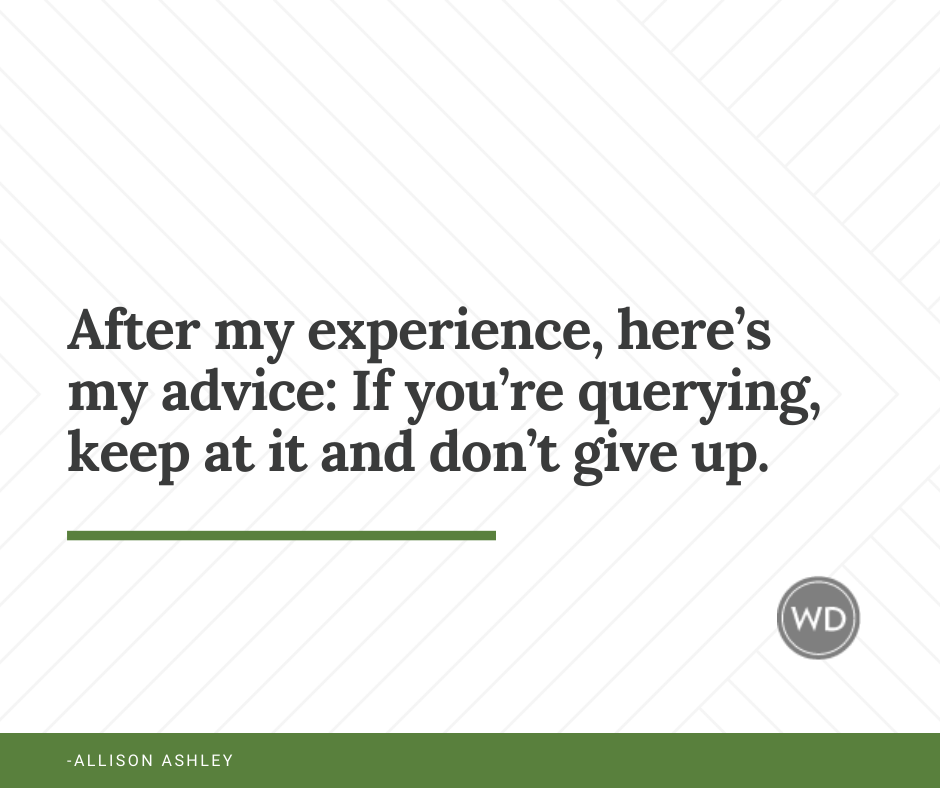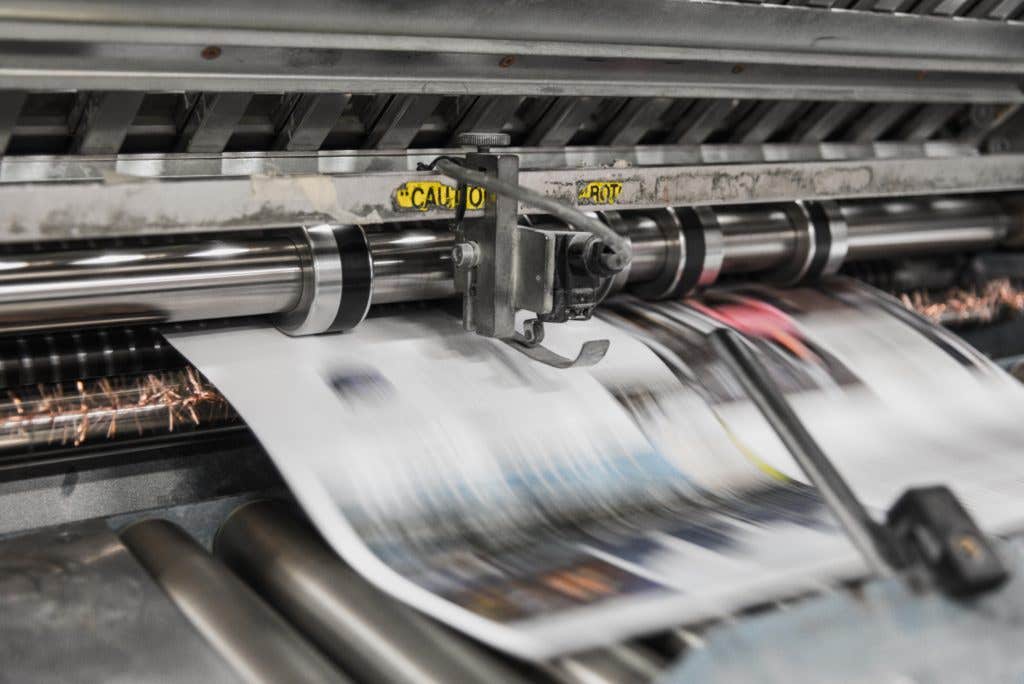Mojo Working
At an increasing number of newspapers, traditional reporters are trading in their news desks for laptops and posting stories on the fly.
AT A MARCH 2007 Red Sox spring training game, Glenn Miller, a staff writer for The News-Press, wrote and posted this on the newspaper's website: "From the City of Palms Park...The Red Sox are taking batting practice. It's 73 degrees at 10:31 a.m. Early-arriving fans are clustered in the stands down the left-field line seeking autographs. The sun is shining. And we have lineups for today's 1:05 p.m. game..."
Welcome to the brave new world of mobile journalism.
Two years ago, executives at Gannett, which owns Fort Myers, Fla.-based The News-Press, challenged staffers at all its newspapers to improve breaking news and hyper-local coverage. "We brainstormed about how to get into those neighborhoods and do the kind of hyper, local, immediate reporting we want to do," says Kate Marymont, whose title has recently evolved from The News-Press' executive editor to vice president of the information center (formerly known as the newsroom).
Marymont outfitted several lifestyle reporters with wireless laptops, digital cameras and digital audio recorders. She sent them out into Fort Myers' neighborhoods and let them write and post quick dispatches throughout the day, such as: There's a wreck at X and X intersection. "That's where we started," Marymont says. "It was just them talking to their community."
Today, 50 of The News-Press' reporters are mobile; no longer is the concept being used for hyper-local coverage only. "One of the important lessons we learned is that every reporter can benefit from this kind of technology because it gets them out in the community," Marymont says.
A MOJO'S KIT
Mobile journalists, commonly referred to as mojos, function similarly to traditional journalists. The difference? Their beats are their newsrooms. Their cars are their desks. "When I first started my career, a lot of reporters would talk to someone on the phone, or they'd go out and interview people," says Aldrich Tan, general assignment and web reporter at Oshkosh, Wis.-based The Northwestern. "Then they'd go back to the newsroom and write the story there. Mojos are covering the event as it happens."
Some mojos, such as Tan, use their own wireless laptops when writing stories. Other newspapers, such as The News-Press, provide their reporters with kits. Last year, Marymont outfitted 10 of her reporters with kits. This year, Gannett supplied The News-Press with 40. Each backpack also has a digital camera, digital audio recorder, and cables and wireless cards to transmit stories from wherever they are.
HYPER-LOCAL COVERAGE
"We hear it in every access group, every market study we do," says Marymont. "People want to know what's going on in their backyards." In a navigation bar on the left side of The News-Press' website, there's a list of microsites with news specific to certain cities such as Bonita Springs, Cape Coral and Naples. "Those microsites are growing three times faster than our overall website," Marymont says. "So people want local news."
In 2006, The News-Press' website's monthly unique visitors increased 15 percent, while daily return visitors increased 62 percent. "That demonstrates clearly that our readers started coming back again and again because of frequent updates," Marymont says.
Covering news at the neighborhood level has helped reporters, too. As more reporters are out in the community, citizens begin to put faces with names. "We get more leads and more direction from the audience about what they want covered because they have an idea of who their reporter is," says Michael Maness, Gannett's vice president of strategic planning.
But some people worry that newspapers are spending too much energy on hyper-local coverage. "I think it makes sense because you can supply what no one else can," says Mike Hoyt, executive editor of Columbia Journalism Review. "You have the manpower in the newsroom to cover a community that nobody else is covering. But I also think it can go overboard with a lot of newspapers. It's the flavor of the month. I worry because people want local coverage, and they do respond to it, but they also want other things. They want to be connected to the world."
Although The News-Press is actively experimenting with hyper-local coverage, Marymont agrees. "Now the mistake would be if we devoted our whole staff to doing just [local coverage] and stopped doing First Amendment work; investigative work; and good, solid beat reporting," she says. "It's just one layer. And I think that's a very important message that I try to keep sending to my staff and community that, yeah, we need to do very local reporting, but we have to do all the other kinds of reporting, too."
BUILDING BLOCKS AND EXTRAS
Not all mojos write neighborhood stories. Many use the technology to build developing stories or as way to provide the reader with extra information online. Gannett executives use the phrase "raw is good."
"Putting the story out and updating it as it develops is OK," Maness says. He gives an example of an apartment fire. Traditionally, a reporter would see smoke on the horizon; talk to fire marshals, firefighters, apartment residents and neighbors; then find out what caused it, who was affected by it and the fire's estimated damage. Six hours later, a story would be born. A mojo, on the other hand, arrives at the scene and posts brief updates online, continually building the story and providing more information as he receives it. At the end of the day, the mojo will then write a traditional, contextual story for the next day's print edition.
"Before mobile journalism, before newspapers were on the web, you saw the story only in its final product," Tan says. "But now people have an opportunity to see the story as it develops."
Mojos regularly take advantage of the Internet for lighter fare, too. "One of our education reporters covered the spelling bee, and he filed cute updates, word by word," Marymont says. "I got hooked as a reader because he had so much fun with it." The News-Press then ran a traditional story covering the event in the next day's paper.
Miller appreciates the fact that, with his blog, he can include "extras" not normally included in traditional news stories. For example, on St. Patrick's Day, he created and posted a list of Red Sox players with Irish names. "It's a chance to do more fun things," Miller says. "But even though I try to have fun with it, I still adhere to the same rules I use in the print edition."
UNEDITED WORK
Critics of mobile journalism have raised concern about posting unedited work online. "Editors have a purpose," Hoyt says. "Good editors make stories better—they push back a little bit when the logic doesn't work and when there are holes in the reporting. I'd be nervous about totally unedited copy."
According to Maness, not all Gannett reporters are able to post unedited work online. "We train our mojos," he says. "There's a process. So if you have 120 people in the newsroom, there will be 60 who can post directly online. It's not universal, but we want to keep moving toward that." Maness says that a heavily investigated story isn't going to appear online unedited. But an update about a traffic accident might.
"We have to figure out standards—what will a reporter post live and what still needs to go through an editor's hand," Marymont says. "We spend a lot of time trying to arrive at answers to questions like that."
Miller admits posting unedited work on his blog is a little troubling. "I take pride in getting things right," he says. "Hemingway had an editor—Maxwell Perkins. Everybody needs an editor. It's just good to have another set of eyes."
Not all newspapers allow unedited work. Tan must have his story approved by an editor before posting it online. "You still need to make sure that the quotes are accurate," Tan says. "You still need to check facts. You still need to know how to write. And you still need to be professional."
While this method works for individual stories, what about stories that require constant updates?
"The spelling bee was almost radio-style, real-time coverage because it was going up so quickly," Marymont says. "And might there be a typo here or a run-on sentence there? Yeah...that's going to happen. But I think online readers recognize that, and they'll forgive the occasional typo."
But not everyone agrees that there's a different standard for online stories versus those in print. "It's all got your logo on it, and it really ought to be the same level of quality," Hoyt says.
THE FUTURE OF MOBILE JOURNALISM
This past year, mobile journalism has received a lot of press, and many newspapers and individual reporters are embracing the concept. But some industry experts remain cautious. "One of the dangers is that it'll all be a mile wide and an inch deep," Hoyt says. "They've got to give these reporters time to report because it's the reporting that makes the stories interesting and significant. I think it's a good idea if they're given time to actually dig and bring some authority to their process."
Marymont agrees. "It's my deep belief that we have to preserve the storytelling and the print side of what we do—the watchdog journalism," she says. "[Mobile journalism] is a layer; it's one layer of what we're doing. But I think it's important to build a great daily newspaper, too."
One thing's clear: Online news, whether produced by mojos or traditional reporters, isn't a passing fad. "We're heading to an era where there's going to be a real mix of communications," Hoyt says. "We're going to learn how to tell stories in new ways."
And even though reporters are constantly catching up with today's newest equipment, it still needs to catch up with them.
" 'Blog' shows up on spell check as a misspelled word," Miller says, laughing. "I guess we need to modify our spell check."
Kara Gebhart Uhl (KaraGebhartUhl.com) is the author of Cadi & the Cursed Oak, illustrated by Elin Manon (Lost Art Press). She has been writing and editing professionally for more than 20 years and has served as managing editor at Popular Woodworking and Writer’s Digest magazines. Today her freelance clients include book publishers, magazines, universities, blogs, and companies. Her essays and poetry have appeared in The New York Times online, TIME online, Literary Mama, Motherwell, and This I Believe: Life Lessons (Wiley). She lives in a 1910 house in Fort Thomas, Ky., just south of the Ohio River, with her husband and three teenagers.








